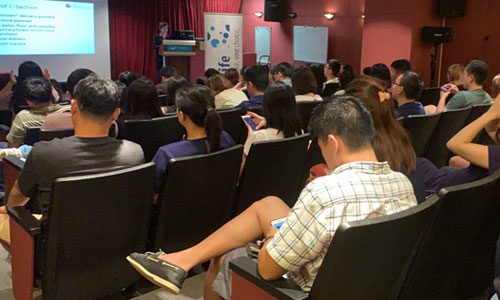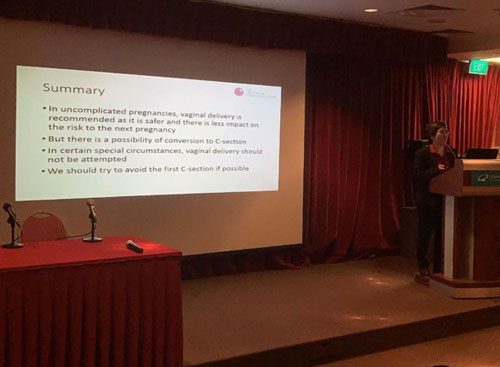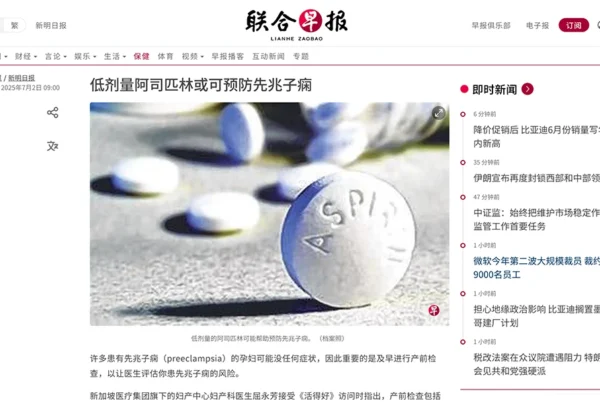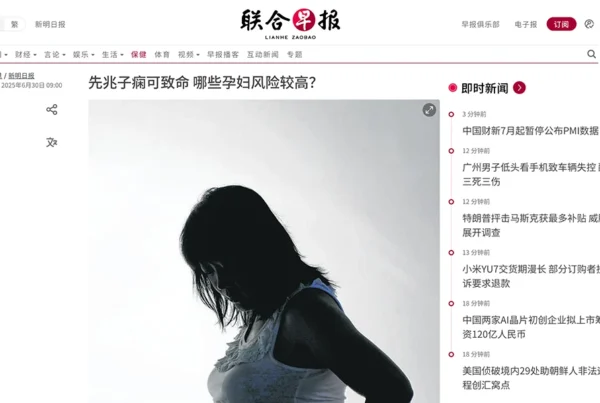On 25 May, Dr Watt from The Obstetrics & Gynaecology Centre was invited to speak at the “Pregnancy, Labour and Me” seminar organised by Cordlife.


Dr Watt shared with over 50 couples about the pros and cons of having a natural delivery vs a Caesarian-section. For ladies who missed the session, here are some key highlights of her talk:
Vaginal Delivery
This is the most common way to deliver a baby if there are no complications in the pregnancy.
Advantages |
Disadvantages |
|---|---|
|
|
Assisted Vaginal Delivery
This is only performed when there is a need to deliver the baby quickly or when the mother is exhausted from prolonged labour. To attempt an assisted delivery, the following criteria must be met- the cervix must be fully dilated, the baby’s head must be low enough and the mother must still be able to push. It is important to note that assisted delivery does not mean forcefully pulling out the baby!
Advantages |
Disadvantages |
|---|---|
|
|
Caesarian-section
Commonly referred to as “C-section”, it is a major surgery done to deliver the baby through incisions made in a mother’s abdomen and uterus. It is generally performed if the mother specifically requests for one or if the doctor feels there is a risk with the other methods of delivery.
Advantages |
Disadvantages |
|---|---|
|
|
In uncomplicated pregnancies, your doctor will always recommend a vaginal delivery. If you prefer a C-section, the doctor will respect your choice. It is important to note that there will be certain circumstances where vaginal delivery is not recommended as it may be associated with greater risks compared to a C-section.
Dr Watt’s Place of Practice
Gleneagles Medical Centre
6 Napier Road #08-19
Singapore 258499
Tel: +65 6475 1158





